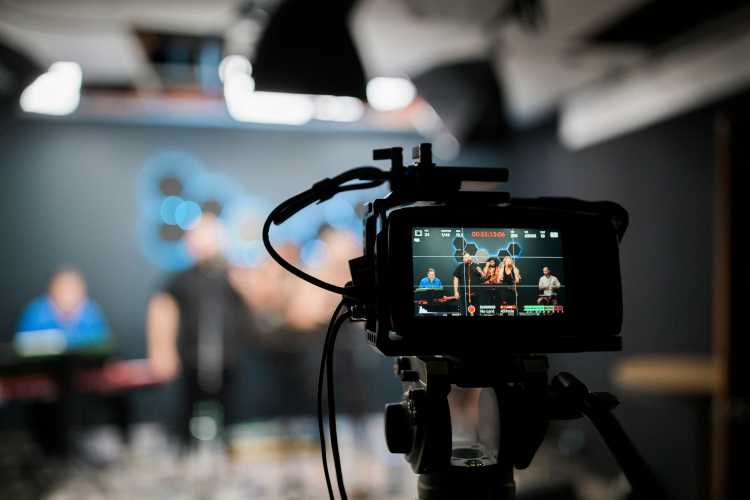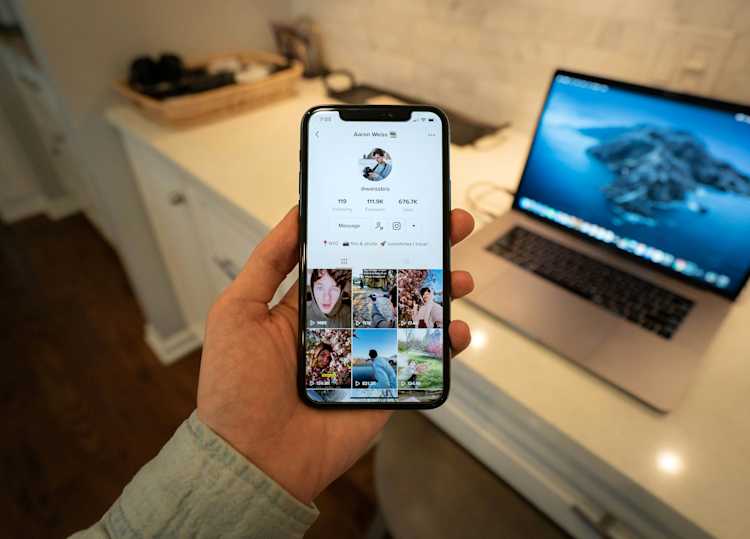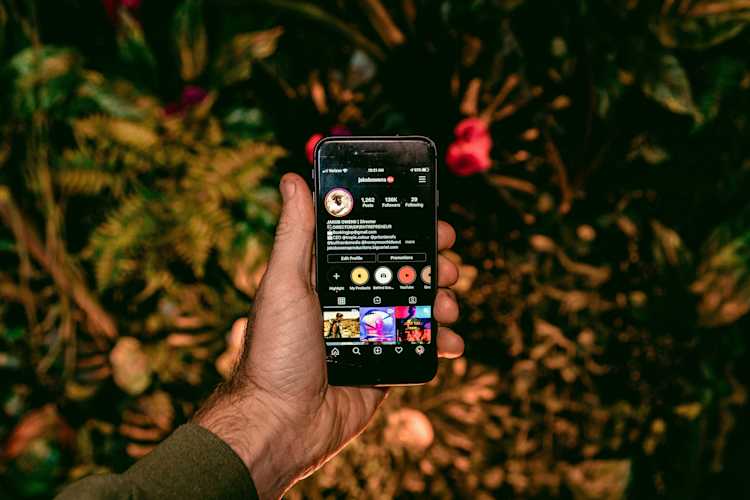Creators & Entrepreneurs
A Complete Guide to Content Monetization for 2025
This is all you need to know about earning from your content!
Author
Mighty Team
Last Updated
November 5, 2025

Likes and shares are great, but many of the world’s 400 million creators want ways to create a sustainable income from their content.
Content can be monetized in dozens of ways, including through ads, affiliate or influencer marketing (endorsing products), or creating personal service businesses from their brands like coaching or consulting. As technology changes, it creates new content monetization models like NFTs or social tokens. In addition to these things, one of our favorite content monetization strategies is starting an online community!
In this article, we’ll teach you all you need to know about content monetization. This includes:
What is content monetization?
What are the advantages and disadvantages to monetizing content?
What types of content monetization are there?
What types of content monetization platforms can you use?
Try the platform with the most $1 million communities.
What is content monetization?
Content monetization is the act of making money off of digital content that you create, whether it’s text, videos, podcasts, images, or something else. The biggest social media companies rely on their users to create content, often for free.
Users do this for fun, or to grow their personal brand or social capital (through a following). Content monetization allows creators to take back some of the financial value from their work.
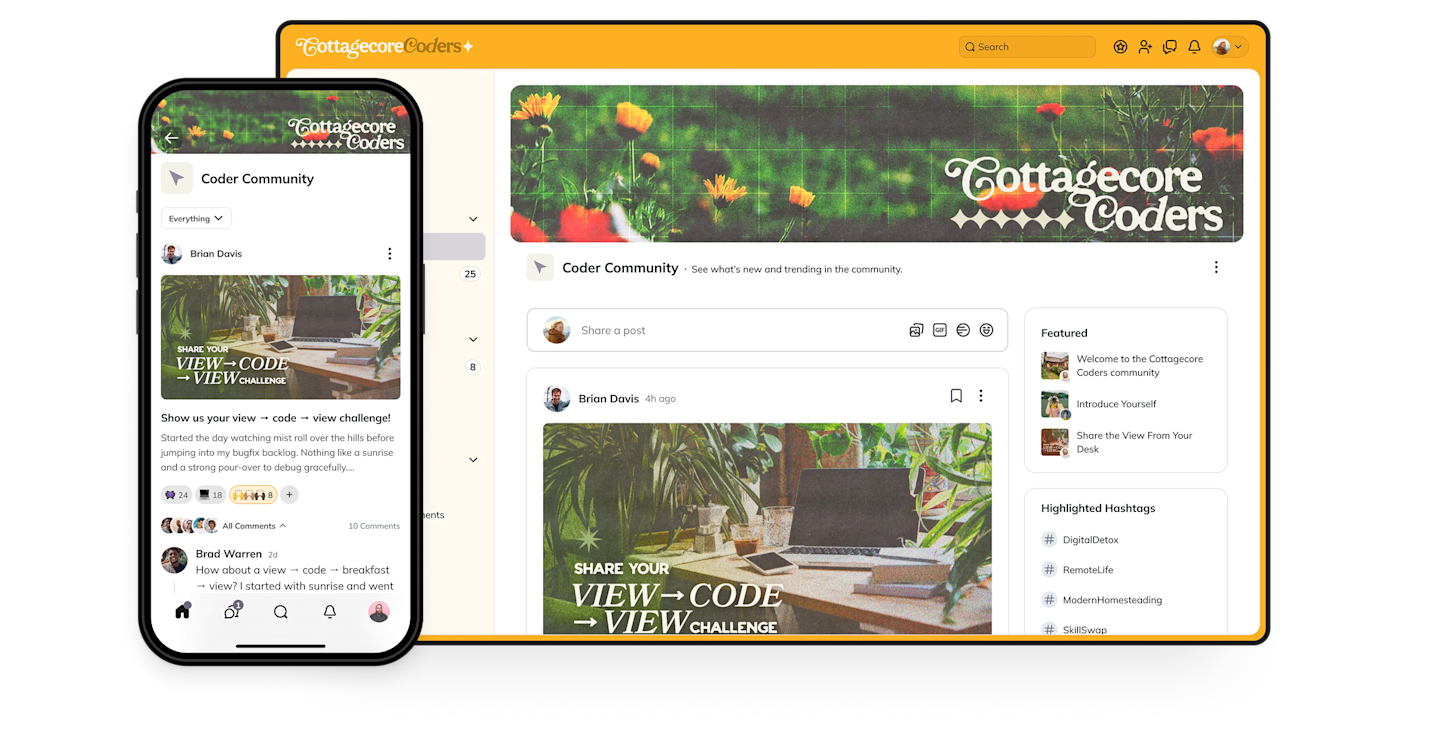
In the past, most content monetization was done through third-party services and not by social media platforms themselves. But some social media companies like Quora and Medium are opening up premium and paid options that filter some money back to creators. YouTube also has monetization built-in and allows for creators to earn from advertising. (Check out our free YouTube Channel Name Generator.)
How content is monetized
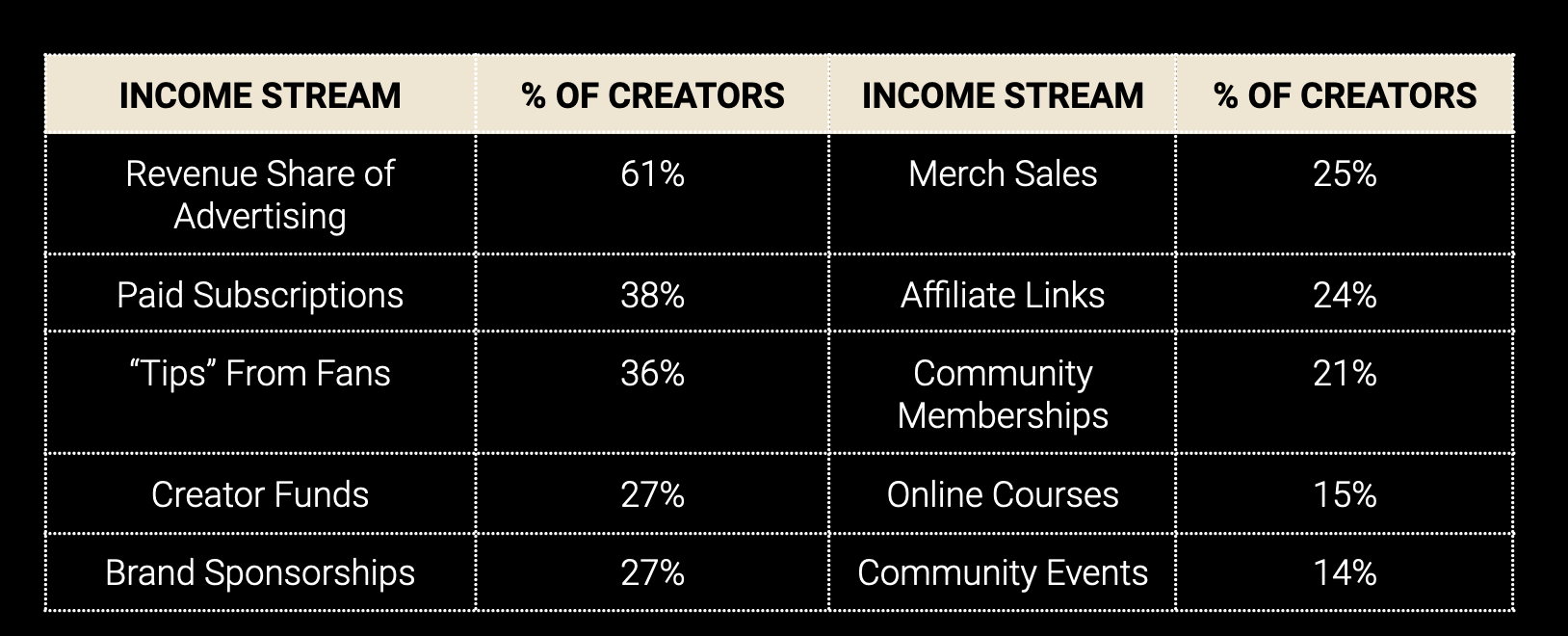
Who pays for content monetization?
To understand content monetization, you’ve got to ask one vital question: who pays? For example:
In some content monetization models, the person consuming the content pays. You’re monetizing their interest in your content: usually because they want to be inspired, to learn, or to be entertained.
In others, a third party pays. Since you’re attracting eyeballs, it’s worth it for brands to use your audience to get their message out. Brands that have a product that could be useful for people in your niche are especially interested in a curated audience. For example, a personal finance educator might find that investing apps would love to work with them.
Examples of content monetization
Drew Binsky, a YouTuber who shares videos about traveling the world, created a branded community app for people to share the love of travel.
Kat Norton, the creator known as Miss.Excel on TikTok, makes millions teaching people Excel.
Martinus Evans grew his Insta following to 95,000 followers, and launched a community dedicated to people who are “back-of-the-pack” runners.
Grant Sabbatier turned his blog Millennial Money into a site with monster revenue driven by ads and affiliates–he even sold it to The Motley Fool then bought it back. (If you're starting a blog, try our Blog Name Generator!)
It’s estimated that YouTuber MrBeast earns $54 million/year from his videos–which he monetizes with ads and sponsorship deals.

Benefits to monetizing your content
Turn your content into a side hustle or your full-time income.
Get paid to do work you love and create.
Give people a chance to support your work–if they care about it.
Free yourself up to have MORE time and energy to create.
Downsides to monetizing your content
Believe it or not, there can be downsides to content monetization. For example:
Oversaturation of ads or affiliates. 74% of people report being sick of seeing ads on social media and content sites.
Feeling like the work isn’t paying off quickly enough. 65% of creators feel overworked and underpaid.
Putting in the work to monetize only to realize it’s not worth it. In fact, 46% of full-time creators make less than $1,000/year and only 35% say their earnings match the time they put in.
For a lot of the most popular monetization options, the game is fundamentally rigged. Social media platforms can instantly change the rules and your followers or traffic can disappear, throwing months of hard work down the drain.
Sometimes you feel pressured to create content to match your advertisers or affiliates, and it can take away your creative freedom and joy.
Chances are, any content monetization strategy you employ will have at least some effects on your brand and the way you create. Make sure to find a monetization approach that fits you and your brand.
Types of content monetization
1. Advertising
Everyone knows ads are a way to monetize content. The premise is pretty simple. You bring the eyeballs, and advertisers will pay you to get in front of them. The value of content marketing worldwide is projected to hit $107 billion by 2026. So if you want a share of that, maybe advertising is for you.
Display Ads
Display ads usually appear within content or in pop-ups. Basically, they interrupt the content your followers or members came to see. For example, an in-line ad in a blog post is something your readers have to see as they work their way down the page.
Display ads are disruptive but common enough that they aren’t deal-breakers for most readers.
Native Ads
Native ads are more subtle. But a native ad basically looks like content but is an ad. For example, a sponsored Instagram post could be seen as a native ad. You create the content (or post what someone else has created) as if it were your own content, BUT probably mark it with a #sponsored hashtag.
Native ads or sponsored posts make up a huge part of the +$21 billion influencer marketing market; for example, there were more than 3.8 million sponsored posts in Instagram in 2021.
Sponsored posts are really tricky. Ask creators who have tried them and you’ll find it’s hard to let someone else tell you how to create content.
Video ads
Last, let’s talk about video ads. While ad networks like Mediavine do use video ads, there’s one platform above all else where video ads thrive: YouTube. With over $28 billion in ad revenue last year, it’s a monster.
How to get started monetizing with ads
Depending on what you’re monetizing, there are different ways to monetize with ads:
Apply for an ad network like Mediavine or Ezoic. (Mediavine requires 50,000 page views a month).
You can reach out to sponsors for sponsored native ads. However, when you get big enough, they will start reaching out to you. You can also join an influencer network like CreatorIQ or Aspire.
For ads on major social media platforms like YouTube, you need to reach the threshold to be accepted into their programs. For example, YouTube requires either 1,000 subscribers with 4,000 public watch hours a year or 1,000 subscribers with 10 million public Shorts views in the last 90 days.
Pros of ad monetization
Once it’s set up, it’s mostly passive income, generating from the views you’d be getting anyway.
Most viewers are used to ads and some platforms (e.g YouTube) are going to show your viewers ads whether you’re monetized or not–you might as well earn from it.
Ads give you the freedom to create the content you want to create vs. affiliates, which require constructing content to fit the affiliate sales.
Cons of ad monetization
Ads can be distracting in your content.
Unless you have monster traffic, monetizing with ads will likely just be a bit of pocket money. The payout for most ad platforms is anywhere from $20-50 per 1,000 views.
2. Subscriptions

Subscriptions are also a popular way to monetize content. Monetizing with a subscription means that readers/viewers pay to access the content–they value it enough to pay. A lot of well-known companies have generated millions in recurring revenue through subscription businesses:
Netflix is a $31 billion/year subscription business.
The New York Times monetizes its content through its 8 million subscribers.
Paywalls & premium content
Paywalls are a popular subscription model, in which you set up a virtual wall to block people from accessing content, making them pay to go through. There are three kinds of paywalls:
Soft: In which you can access some content with “premium” content only accessible via payment.
Hard: With a hard paywall, your users can’t access any content without payment (e.g. the Wall Street Journal).
Metered: With this model, users can access a certain amount of content monthly or yearly before payment. Many news sites will give you a certain amount of reads every month.
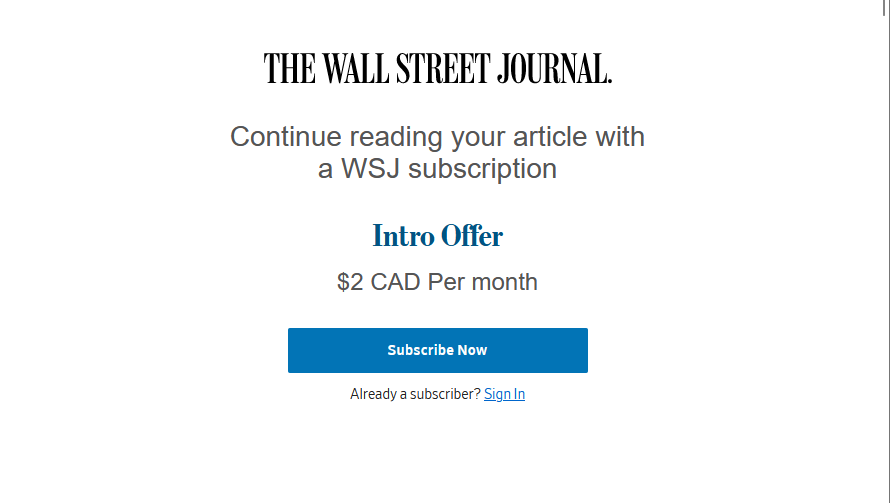
Newsletters
Newsletters work like paywalls, but we’ll keep them separate here because they usually operate on a different platform. With a paywall, you’re gating part of your existing site. With a newsletter, your readers pay a subscription fee to get your content in their email inbox. If you want to monetize building an email list, a newsletter is a good way to do it.
You can use software like ConvertKit to build and monetize a newsletter.
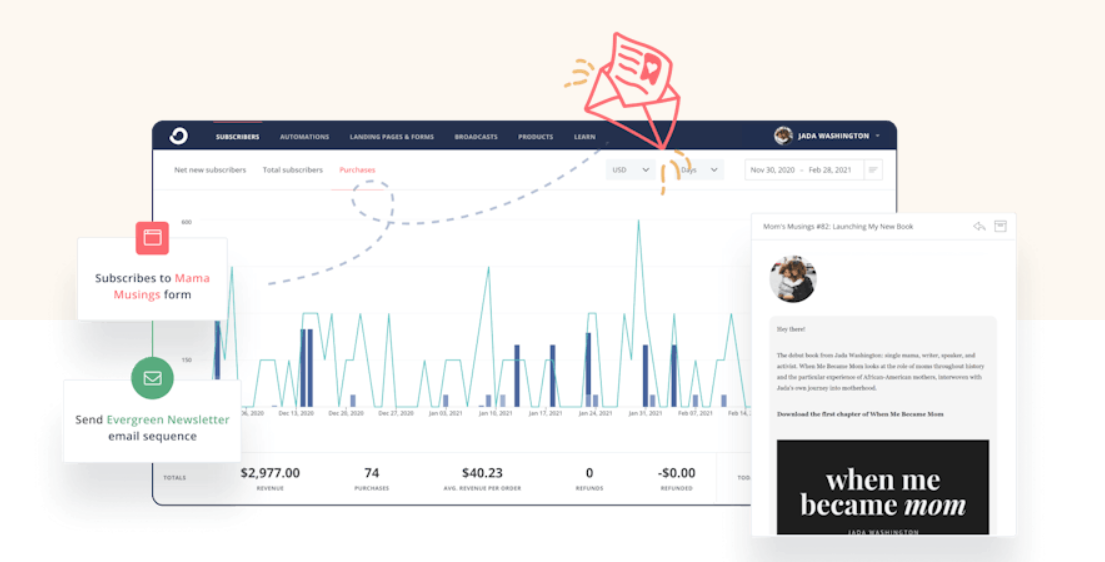
Patronage
Finally, content monetization with patronage works like a subscription too. However, most patronage models do not gate content. Instead, they ask their readers or viewers to choose to support them, often on a platform like Patreon or Buy Me A Coffee. In this model, paying a fee isn’t mandatory. But it’s a way for supporters to encourage the work of their favorite creators.
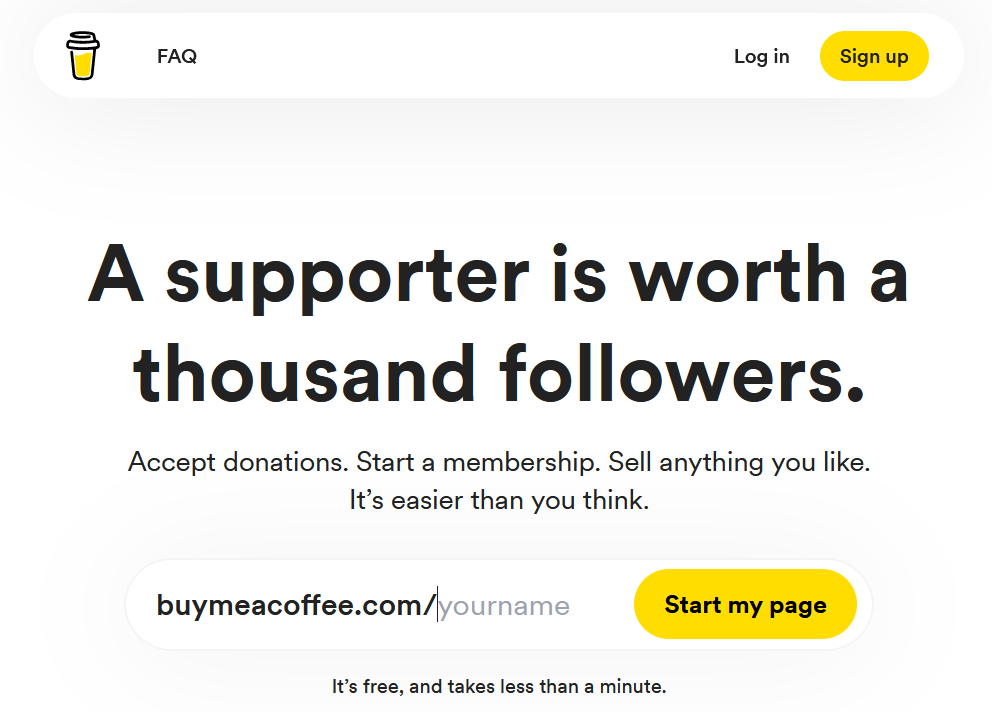
How to monetize content with subscriptions
Make sure you have a unique ideal reader and brand angle that people will be willing to pay for. The content creators that do best with subscriptions have a unique take or expertise people want to hear OR have a unique value to give their readers.
Set up either a paywall on your content site or sign up for a newsletter platform that offers subscription features.
Pros of subscription monetization
You can earn money from those who care most about your work.
Once subscribers are through a paywall, they can have an ad-free, premium experience.
Although you’ll reach less people when your content is gated, you know the people getting through really care and will take the time to engage.
Cons of subscription monetization
With fully-gated content, you can miss out on potential readers/viewers who aren’t willing to pay up-front. With partially gated content or patronage, you might not earn anything at all if people aren’t willing to go deeper. It’s a delicate balance.
You earn less per view than other direct monetization models (e.g. memberships).
3. Affiliate marketing
Affiliate marketing is a common monetization strategy for bloggers and writers. Affiliates put links in their content and earn a commission when readers click on the link and buy a product. But more and more influencers are also using affiliate links too, as direct ways to monetize their viewers and fans.
Podcasts are doing more affiliate marketing too. If you’ve ever heard a podcast tell you to go to a “special link” to sign up for one of their sponsors, chances are they’re being paid on an affiliate model (per sign-up).
If you have a niche that makes sense for affiliate marketing AND you can scale your readers or viewers, it can be a good way to monetize.
How to monetize content with affiliate marketing
Make sure your niche is a good fit for affiliate marketing. It’s a waste of time to try to convince your readers to sign up for affiliate links they don’t want or need. For example, if you review software on your site, it’s probably a great fit for affiliate programs.
Sign up for individual programs or affiliate networks that match your brand. Impact Radius, Amazon Associates, and Rakuten are all common affiliate networks, but there are many others.
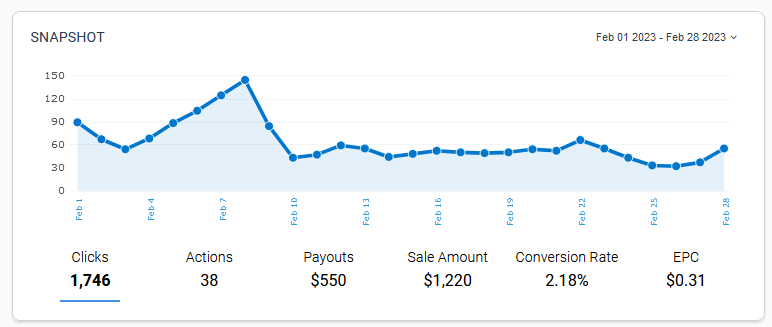
Pros of affiliate marketing
Can earn from sharing products you care about (especially if people would buy them anyway)
Many products have really good affiliate margins.
Cons of affiliate marketing
You can end up writing or creating for your affiliate instead of for your audience–which can be a turn off.
You still need large numbers. For example, on an affiliate blog post, a small number of readers will click an affiliate link and an even smaller number of those will actually buy. It’s hard to be profitable without lots of traffic.
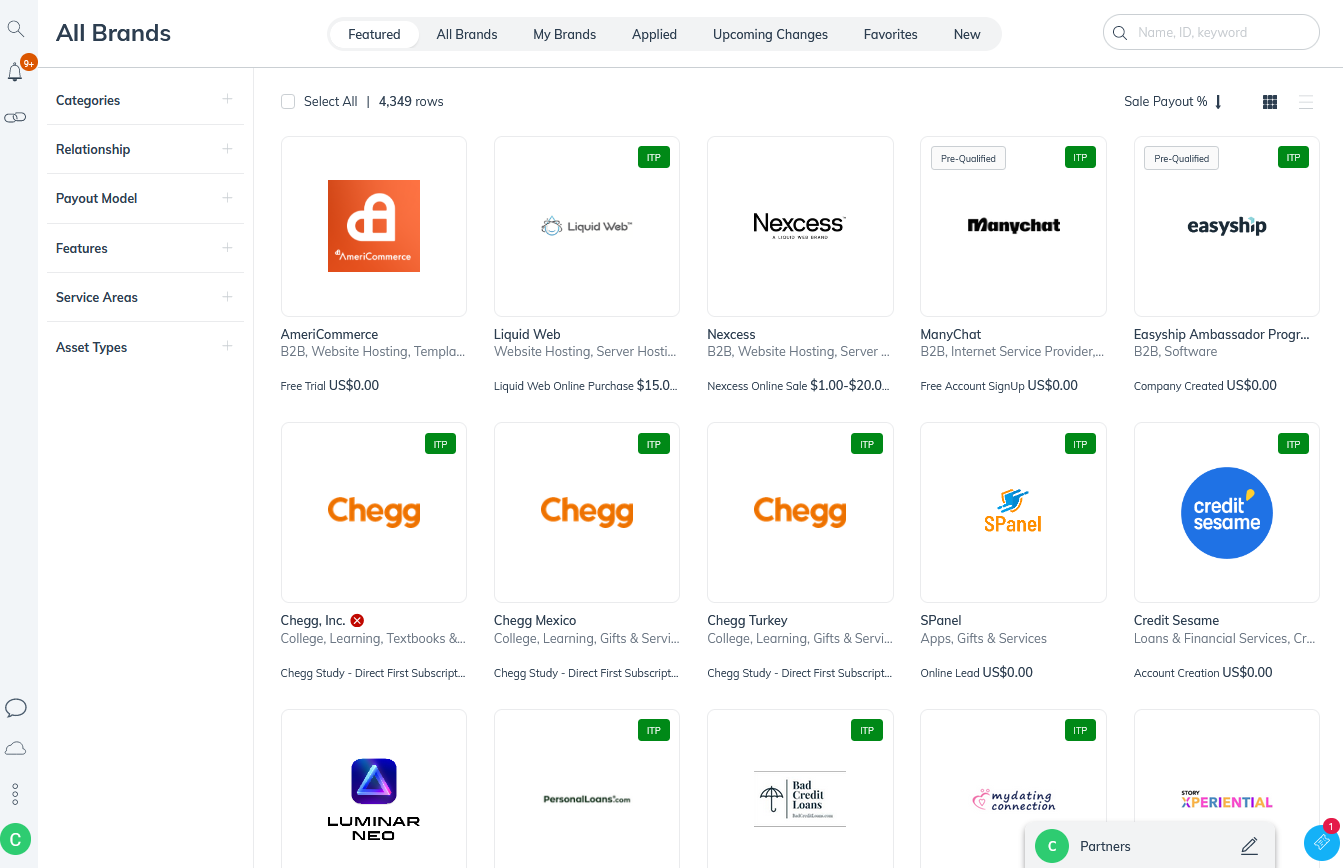
4. A Community
Finally, content can be monetized with memberships like communities! Community is an awesome approach to content monetization, as you can host conversations and bring members together around what they care about.
Unlike subscription sites, communities aren’t one directional. They thrive on engagement and conversation–working best when people come together around something they care about.
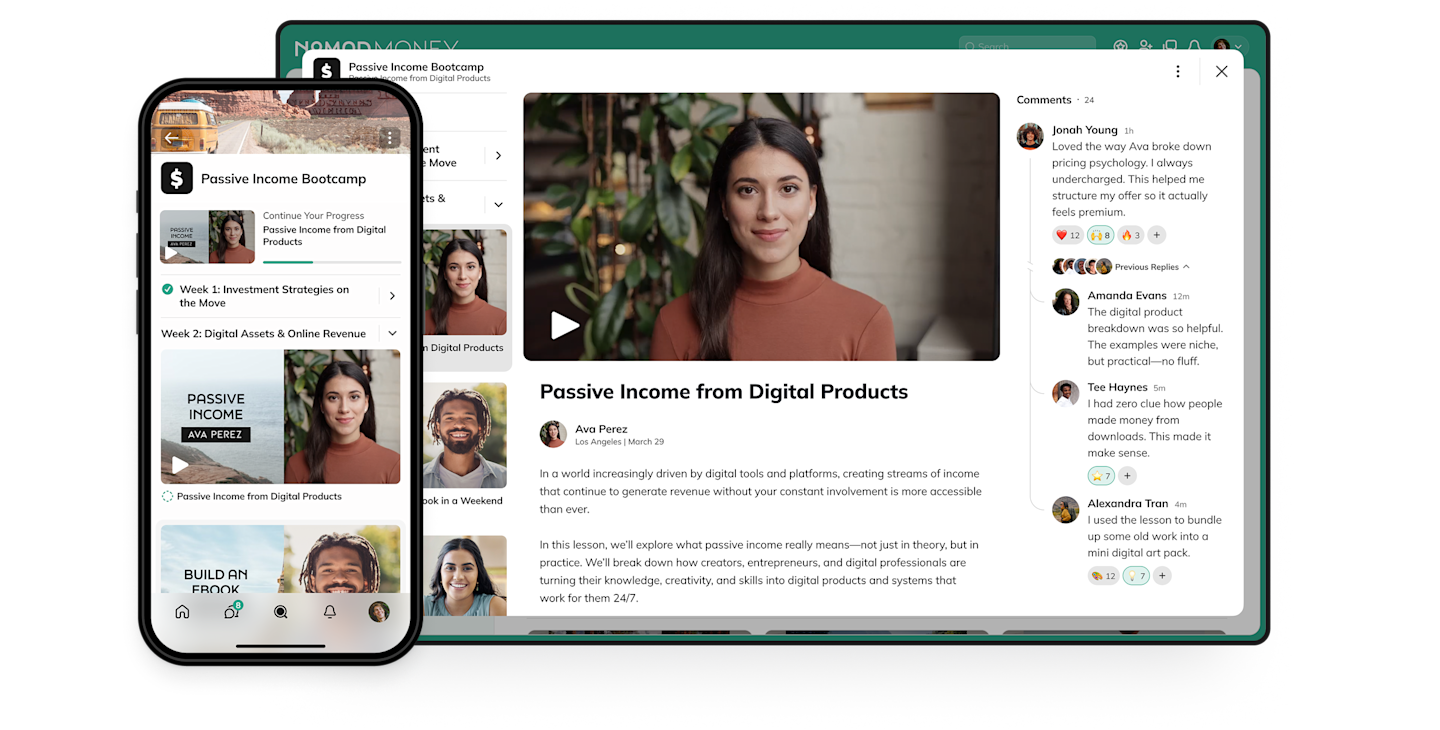
Access to a community can be sold with a membership model, requiring paid access to the community itself OR you can monetize with courses, paid events, masterminds, or other types of premium groups.
It seems counterintuitive, but often a community can help you earn more money with fewer members when compared to social media platforms. For example, check out our creator calculator to get a sense of the comparisons.
For a cool example, Sadie Robertson Huff is a New York Times best-selling author, speaker, TV star, and one of the world's most influential voices for young Christian women today. In addition to her over 4.6 million Instagram followers and national speaking tours, she launched a membership app called LO sister to grow a space for her fans to go deeper and find belonging.

5. Non-content work
Some content creators choose to monetize their content with things not related to the content itself. In this case, the content works to build a personal brand or differentiate you as a service provider that people can hire.
We��’re seeing more and more people use LinkedIn and YouTube to create free content, then monetizing with services. Here are a few examples:
Consulting
If you’re an expert in solving a problem, consulting can be a great way to get paid for it. You can lend your expertise to organizations that need it, and create your content as a type of advertising. Consultants can work either on an hourly retainer or by deliverables, and often when people see you creating content about their problem, they may want to hire you to fix it.
Service-based work
Service businesses like bookkeepers or marketing agencies are in a perfect position to use content to grow their businesses. By sharing what they know for free and giving some value, they can get in front of potential clients.
How to monetize with non-content work
Set up your in-person or digital business so that the content you create can naturally lead into inquiries for your services. You should probably consider that it will take some time for sales calls and getting leads.
6. Revenue share
Finally, some platforms are opening up revenue share to creators. Look at platforms like Medium and Quora, and they are creating different ways for creators to profit off of memberships and subscriptions that the platforms have.
So far these have not been very lucrative, and TikTok even shut down its creator fund.
The foundations of content monetization
Finding your ideal member
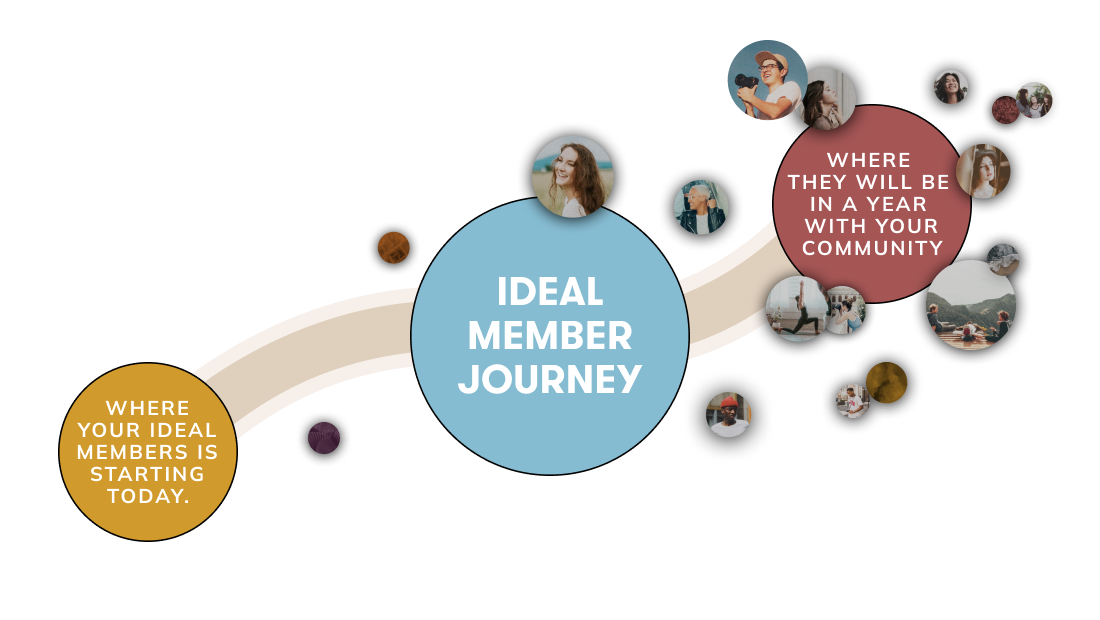
It could be an ideal member, reader, or subscriber, but you really need to have a clear idea of who you’re speaking to. Content isn’t created in a vacuum. The best content will come out of your story and experiences and resonate in someone else’s.
An Ideal Member is the person who needs what you have to offer. And creating for them will make your content more powerful.
Having a clear Ideal is the best way to grow your audience quickly too. While the shotgun approach is tempting, the best to start with a clear niche and grow there first. From there, you can expand. Here are some questions to ask to find your Ideal Member:
Who are they?
What do they care about? What moves them?
What are their frustrations? What do they need help with?
What creators are they already following?
What part of your story might resonate with them?
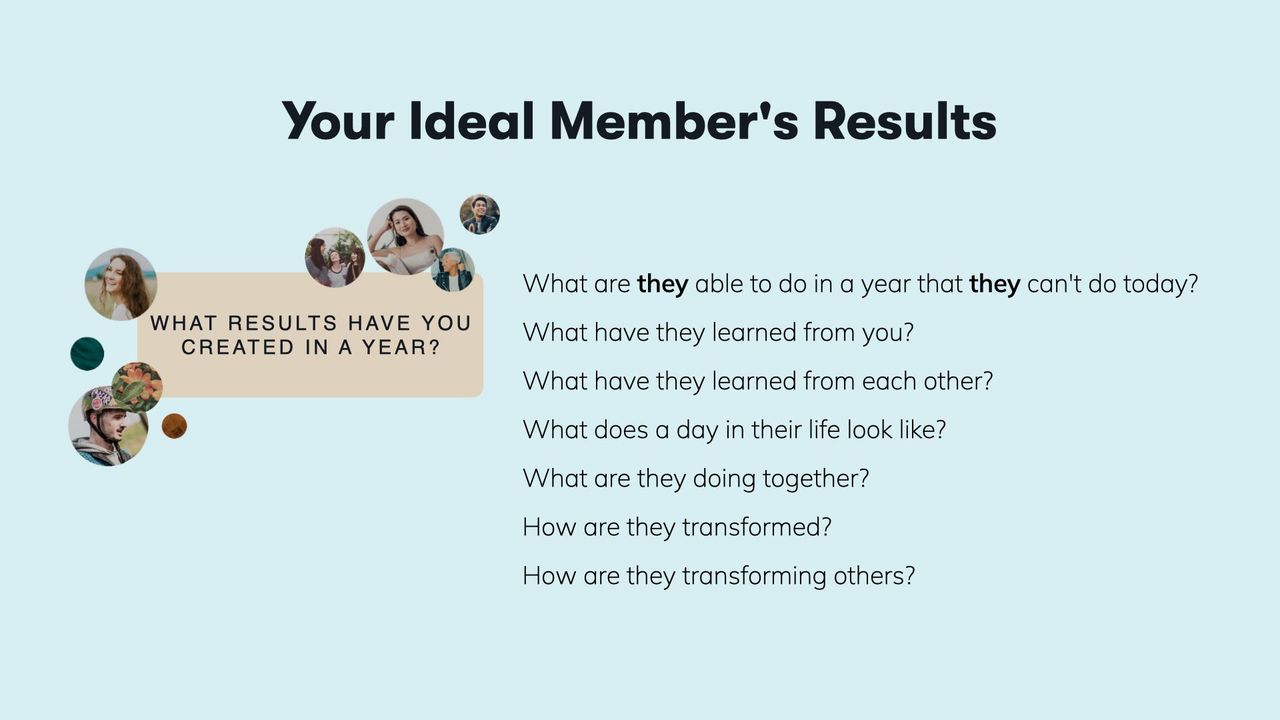
Create quality content
Do you know the YouTuber Mark Rober? He’s a former NASA engineer who makes amazing videos. Rober put the first videos on his channel about 11 years ago. And he has 129 videos. That’s an average of 11 videos a year, a bit less than 1 per month.

In our age of AI content where people think the secret is to endlessly pump out new content, Rober’s 129 videos have landed him 27 million subscribers.
And the reason why isn’t a secret. The content is amazing. From building the world’s largest lemon battery to testing if sharks can really smell blood, Rober’s content is amazing for kids and adults alike.
It’s not about volume. If you want content you can monetize, creating the best possible content you can makes a difference. Go look at the top creators on any platform. It’s not a fluke. Most are creating awesome content.
Create consistently
Now creating quality content is most important, but consistency does play a part. It might not mean posting 5 times a day, but even posting once a week or once a month is a consistency in itself–especially if what you’re making is a video or article.
Find a way to be consistent in your content creation, and stick to it.
Choose your growth strategy
Monetizing content requires thinking about how you’ll find and grow an audience. You might rely on different strategies to grow:
An opt-in and email list that helps you reach your members.
Using a content outlet that benefits from search-engines (e.g. YouTube channel, a blog, Pinterest) so that people can keep finding you via search.
Forging partnerships with influencers or creators who have different audiences.
Growing an audience requires some strategy–and while there’s too much to go into in this article, it’s important to think about.
Content Monetization Platforms
We already introduced some of the ways you can do content monetization AND started talking about platforms, but let’s go a bit deeper here. Here’s a guide to some of the most popular content monetization platforms:
Display ads & networks
These are ad solutions for putting display ads into content (usually written):
Google AdSense
Mediavine
Ezoic
AdThrive
Adsterra
Influencer marketing platforms
If you have a following on social media, these are the marketing platforms that will help you earn as an influencer. You can also negotiate your own deals with brands you’re interested in promoting.
IZEA
Aspire
Captiv8
CreatorIQ
MediaKix
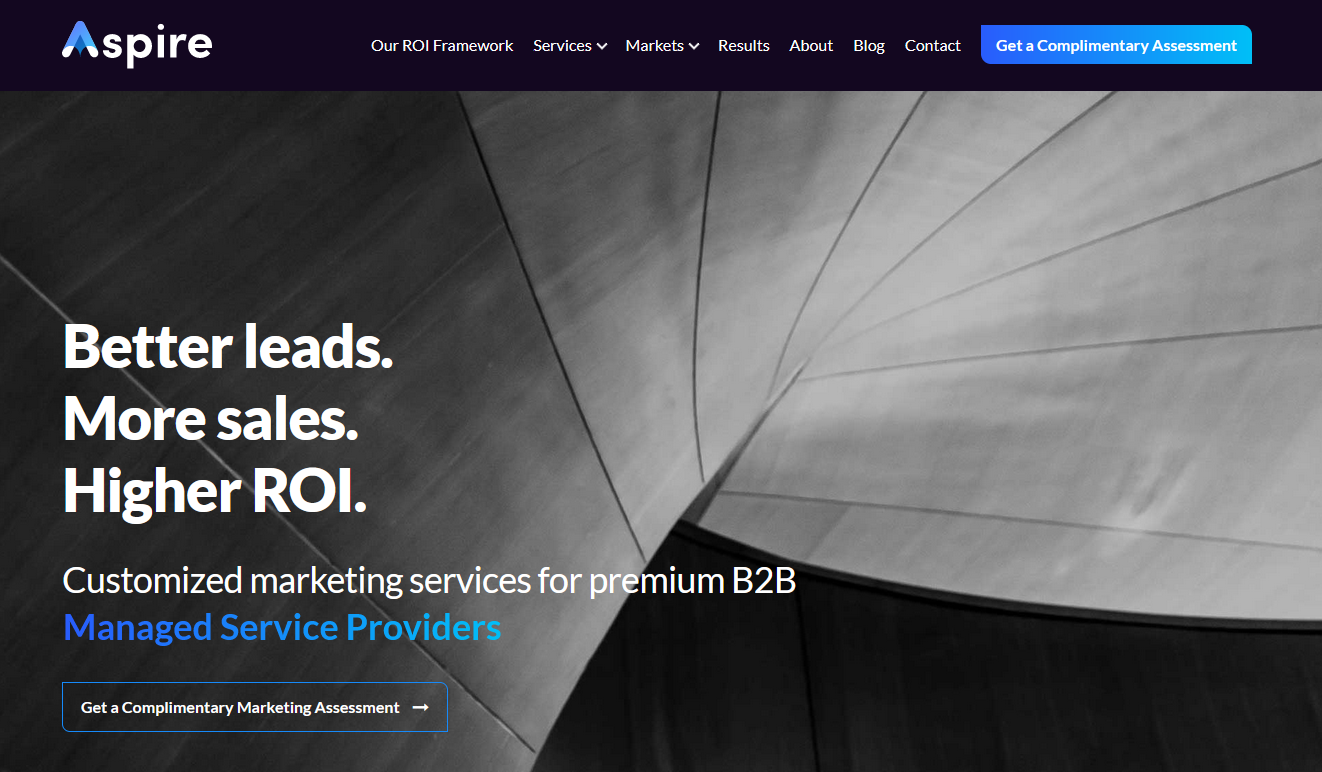
Affiliate marketing platforms
These platforms will help you find multiple affiliate programs at once. Of course, you can find affiliate programs for most brands by searching: “BRAND affiliate program.”
The most common affiliate networks are:
Amazon Associates
Impact Radius
Rakuten
ShareASale
Commission Juntion (CJ)
Subscription platforms
These are some of the platforms that will let you sell subscriptions:
ConvertKit
Substack
MailChimp
Ghost
Patronage
Patreon
Buy Me a Coffee
OnlyFans

Membership and community platforms
If you’re approaching content monetization with an online community, or related member-driven digital products (e.g. courses or events), here are some of the top platforms to use:
Mighty Networks (community, live & pre-recorded courses, live events, and more)
Mighty Pro (community features on a branded app)
Kajabi (pre-recorded courses & marketing funnels)
Teachable (pre-recorded courses)
Maven (Curated cohort courses)
More secrets to content monetization
Here are a few more things to keep in mind when you’re approaching your content monetization:
Don’t kill your user experience: Some of these approaches have an impact on your content quality. Make sure not to sacrifice it. For example, a few display ads might be okay. A site crammed with display ads will likely turn off your readers.
Learning and testing: Make sure to try different things and watch your analytics closely to make sure you’re getting results. Also, some content monetization that’s working today might not work a year from now. For example, TikTok recently canceled its $2 billion creator fund that was supposed to help monetize content.
Make sure to follow legal and ethical guidelines: For example, most affiliate programs require an affiliate disclaimer on your page warning the user that some of the links are sponsored. You can even get kicked out of the Amazon Associates program for not featuring it strongly enough.
Set up your business properly: Monetizing your content is income, and your state or province will expect you to report it. You could look into formally setting up a business, especially if you’re making a lot.
Diversify your income: While it makes sense to go all-in on some of these, some (e.g. ads or affiliates) can be fickle. Create different streams of income to backstop during lulls or changes.
Ready to start?
If you’re ready to start content monetization with community, courses, live events, and more, come build with Mighty! Mighty Networks gives you a powerful member-led growth platform that lets you monetize pretty much anything: sell memberships, live or pre-recorded courses, premium groups, or virtual events. And you can bundle or mix any of these.
Mighty’s powerful Spaces add discussions, chat, messaging, livestreaming, and all the tools you need for a thriving digital business.
And you can try Mighty free for 14 days! No credit card required.
Ready to start building your community?
Start a free 14-day trial to explore Mighty—no credit card required.
More like this
Join Mighty Community
Learn the principles of Community Design™ (and see them in action) alongside thousands of creators and entrepreneurs. It's free to join!

Online Courses
Creating a Course
Teaching a Course
Course Platforms
Selling a Course
Communities & Memberships
Community Platforms
Managing a Community
Building a Community
Growing a Community
Monetizing a Community
Content Creation
Creators & Entrepreneurs
Monetization
Content Creation
Starting a Business
Website Builders
Creating & Managing a Website
Events
Event Platforms
Hosting & Marketing Events
Branded Apps
Creating a Mobile App
Coaching Apps
Community Apps
Coaching
Mastermind Groups
Starting a Coaching Business
Coaching Platforms
Filter by Category
Online Courses
Communities & Memberships
Creators & Entrepreneurs
Events
Branded Apps
Coaching
Build a $1 Million Community
This free masterclass went viral—sign up to learn why.











